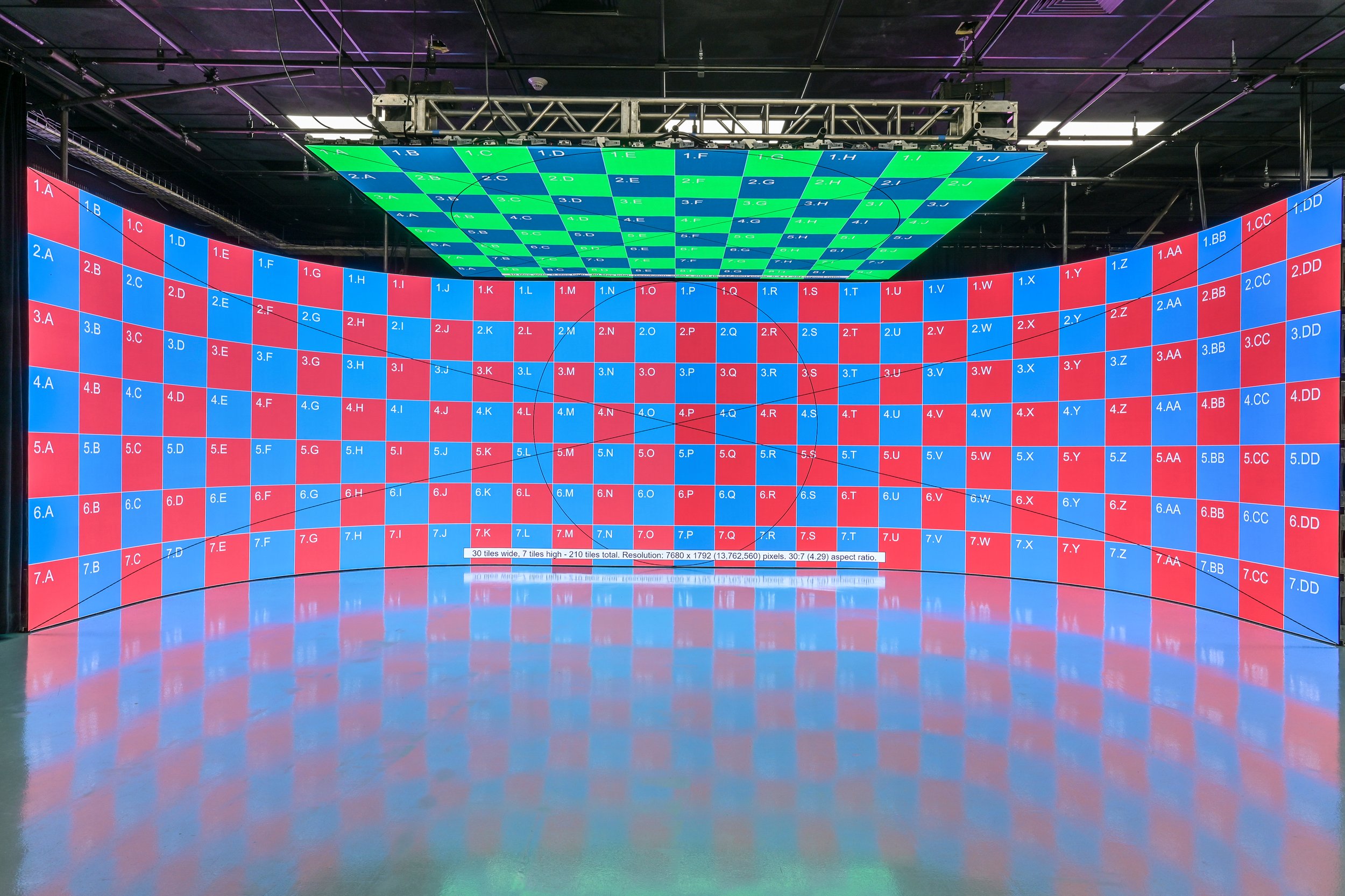LED wall panels are increasingly popular across different environments, from residences to businesses as well as communal areas. Such screens are known for their bright as well as vibrant visuals, which make them suitable to conveying information, ads, as well as engagement. However, understanding brightness brightness measurements of LED panel screens is essential for guaranteeing optimal visual performance. Brightness can be measured using units called candelas, that show how much luminosity is emitted by the screen. A higher number of quantity in candelas, the brighter brighter a visual is. For instance, example, one panel boasting 1,000 candelas is considerably more vivid compared to a with 500 nits, rendering it better equipped in well-lit environments.

As you choosing a LED panel screen, it is important to consider which setting in that the screen will be placed. For well-lit lit areas, like shopping malls or outdoor settings, a increased luminosity rate becomes essential for guaranteeing visibility. Conversely, in darker settings, such as cinemas and meeting spaces, a lower brightness rate might suffice. This excessive bright unnecessary brightness in an dark setting may result to discomfort for the audience, making them harder for focus on the screen. Thus, comprehending specific particular requirements of an setup site will aid with selecting a suitable brightness level for optimal viewing experience.
A further crucial element for consider is the contrast ratio of the LED panel panel. The contrast ratio measures the difference between the most luminous light versus the darkest black shade which a screen is able to create. A higher contrast ratio means the display can it can present greater clarity as well as richness, thereby improves overall image quality. For instance, a panel with a differential proportion at ten thousand to one is able to show images with more brilliant colors and sharper details than a featuring a ratio at get redirected here one thousand to one. Such is especially crucial in instances where showing images or videos which demand greater clarity and detail, including presentations or promotional material.
Additionally, the technology technology behind LED wall panels plays a essential part for their brightness and total efficiency. Different types of Light Emitting Diode methods, including Organic Light Emitting Diode and Liquid Crystal Display, possess unique characteristics that impact the way luminosity is experienced. OLED panels often provide superior contrast and darker shades, which can enhance a viewing experience within darker settings. Conversely, standard Light Emitting Diode panels may prove to be better for bright environments because of the ability to generate greater levels of see post illumination. Comprehending these technological variances will guide users to making knowledgeable choices based on specific individual needs.
In conclusion, consistent care and adjustment for LED wall screens may help maintain ideal brightness and efficacy over time. Dust as well as particles can build up in a screen, affecting the illumination as well as sharpness of the visual. Periodic cleaning as well as professional calibration may ensure that the panel operates in top best, offering uniform image clarity. Moreover, some sophisticated Light Emitting Diode panel panels feature built-in built-in options which allow operators to adjust illumination levels as well as color settings based on their preferences. Through taking these steps, users can ensure the LED LED panel panels deliver an best visual performance, regardless of where environment where that they are placed.